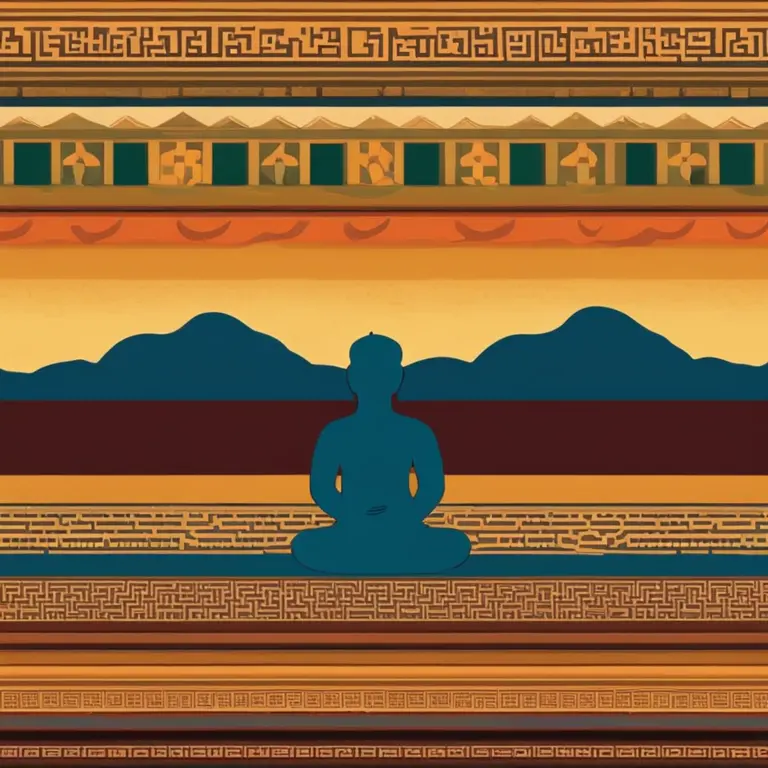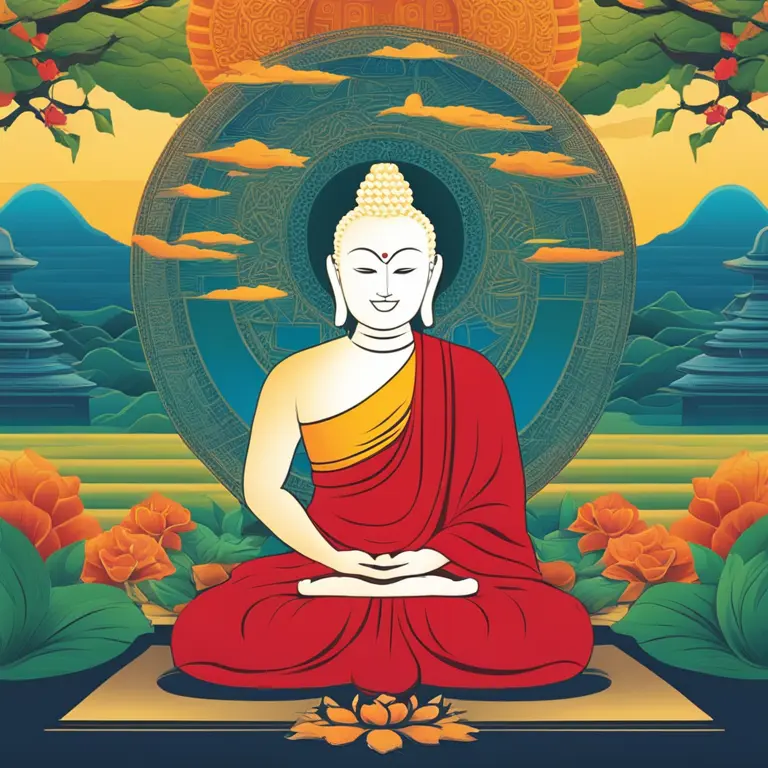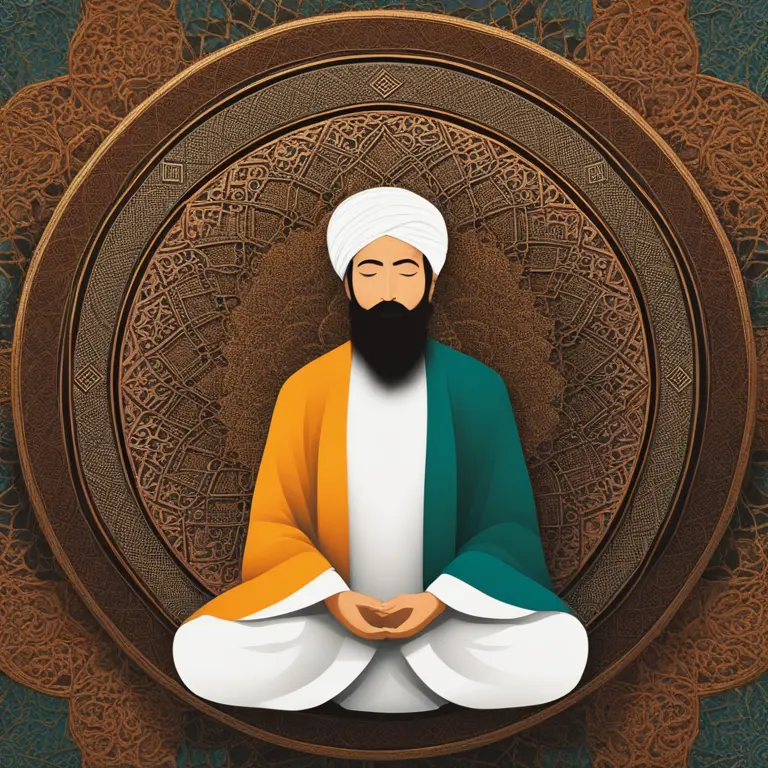
The Roots of Meditation: A Historical Overview
The article delves into the rich history of meditation, tracing its origins and evolution across different cultures.
article by Hina Kurosawa
The Roots of Contemplative Practice
Meditation, a practice as ancient as civilization itself, has long been a cornerstone of spiritual development and self-enlightenment. Tracing the roots of meditation leads us back several thousand years, with its earliest documented records found in the wisdom traditions of the East. In India, the practice was an essential part of Vedic Hindu traditions, stretching back to around 1500 BCE, and possibly even earlier in pre-Vedic times. This ancient technique was initially intended to deepen understanding of the sacred and mystical forces of life.

Meditation Across Cultures
While meditation is often associated with Eastern religions, the practice is not limited to a single culture or geographical area. In fact, early forms of meditation were also present in other parts of the world. The Taoists in China, for example, practiced meditative breathing techniques as early as the 6th century BCE. Meanwhile, Buddhism, which also incorporates meditation, spread from India to other parts of Asia, adapting to local customs and influencing the practice's evolution. Evidence suggests that even the ancient Greeks had practices resembling meditation, often as part of philosophical exercises.

Meditation in Buddhism
One of the cornerstones of the global spread of meditation is the Buddhist tradition. Siddhartha Gautama, or the Buddha, after achieving enlightenment around the 5th century BCE, taught meditation as a path to awakening. Zen Buddhism, a later development, placed a substantial emphasis on seated meditation (Zazen). It was through these and other branches of Buddhism that meditation would eventually be popularized and integrated into various cultures around the world.

Sufism and Western Mysticism
Meditation is not solely the domain of Eastern philosophical systems. The mystical arm of Islam, Sufism, has its own meditative practices which focus on remembrance of God (Dhikr). In Christianity, contemplative prayer and practices such as the Lectio Divina have been similarities to meditation, with records of these going back to the Desert Fathers in the early centuries after Christ. These traditions all point to an innate desire within human experience to seek connection with something greater through inward reflection.

Modern Meditation Movements
The practice of meditation underwent significant transformation with the advent of the 20th century. Pioneers like Swami Vivekananda took Eastern philosophy to Western shores, introducing meditation to new audiences. The latter half of the 20th century saw the rise of non-religious meditation, often focusing on stress reduction and wellbeing, exemplified by the mindfulness movement and teachers such as Jon Kabat-Zinn. These modern adaptations have opened the practice to millions who might otherwise have never encountered it.
Meditation's Growing Popularity
In our modern era, meditation's popularity has only continued to grow, with its benefits supported by a growing body of scientific research. People around the world embrace meditation for its potential to improve mental health, increase focus, and provide relief from the stress and pace of 21st-century life. Today, meditation is practiced by people of all walks of life, transcending its ancient religious and cultural roots to become a universal tool for personal growth and wellbeing.
Published: 1/14/2024
Modified: 1/15/2024
More predictions
Come back here soon to learn more about yourself and your future


Calming the Storm: Mindfulness Meditation for Anger
Discover how mindfulness meditation can be a powerful tool for anger management, promoting inner peace and emotional balance.


Healing Through Mindfulness: Meditation & Trauma Recovery
Mindfulness meditation offers a powerful tool for individuals seeking solace and healing from traumatic experiences. Discover how this practice can aid in the journey towards inner peace.


Harmonizing Life with Meditation Mantras
Delve into the transformative power of meditation mantras to align mind, body, and spirit for a harmonious existence.